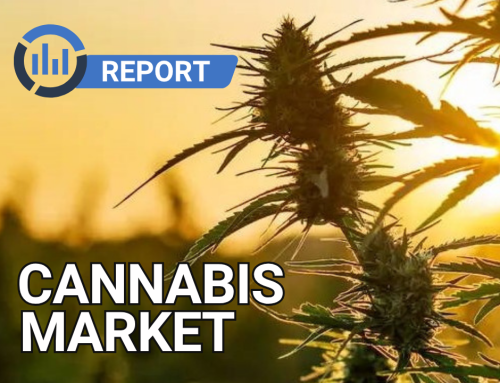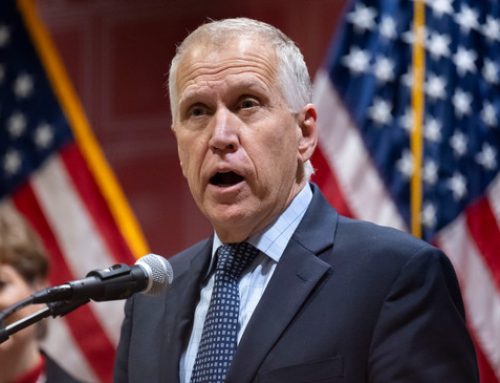European Cannabis Consumption and Regulation
LOS ANGELES– An extensive report released by the European Monitoring Centre for Drugs and Drug Addiction (EMCDDA) sheds light on the current state of cannabis consumption and regulation across the European Union. According to the report, approximately 22.2 million adults in the EU, accounting for 7.7% of the population, consumed cannabis in the past year. The data was collected from numerous surveys conducted in the past few years, with the consumption occurring in the year preceding the respective surveys.
Key findings from the report highlight the prevalence of cannabis use among young adults, with 9 million individuals aged 15 to 24 admitting to illicit cannabis consumption in the past year. Additionally, 4.9 million of them reported using cannabis in the past month, indicating a consistent pattern of usage among this demographic.
Law enforcement agencies in the EU reported around 735,000 cannabis possession and supply offenses in the year 2020, reflecting the ongoing challenges in addressing the illicit market for cannabis products.
The report also delves into the retail and wholesale prices of illicit cannabis in the EU. The retail price of cannabis flower ranged from 9 euros ($9.46) to 13 euros ($13.66) per gram, while wholesale prices fluctuated between 2,100 euros and 5,400 euros per kilogram. Such data is essential for understanding the dynamics of the underground cannabis market in the region.
Regarding the frequency of cannabis use among recent consumers, the mean usage was found to be 5.3 days per week. Notably, 46% of these consumers reported using cannabis on a daily basis, revealing a high level of regularity in usage patterns.
One critical aspect addressed in the report is the estimation of the number of potential cannabis consumers in the EU if cannabis consumption were to be regulated in all member states. It clarifies that while the current estimated number of consumers is 22.2 million, almost none of these individuals would be considered addressable for legal businesses, as sales are only considered addressable if they are legally accessible in regulated conditions.
The report highlights the disparity in cannabis regulation among EU-member states, particularly concerning medical cannabis. While most countries allow some form of medical cannabis or cannabinoids, the stringency of regulations varies significantly. As a result, the majority of medical cannabis sales still occur in the underground market.
Despite these challenges, the report points out some encouraging developments in the EU’s approach to recreational cannabis regulations. For example, Malta recently passed legislation allowing cannabis home growing and private use, as well as not-for-profit communal growing clubs. Luxembourg has also embraced home growing, while Germany and non-EU-member Switzerland are considering implementing adult-use cannabis regulatory systems. Additionally, the Netherlands is initiating a pilot project to grow and sell recreational cannabis.
Moreover, the report highlights the emergence of shops selling low-THC cannabis products, including foods, cosmetics, and herbal smoking materials, across many EU member states.
An intriguing legal point discussed in the report is the European Court of Justice’s ruling in 2020, which classified plant-derived CBD as non-psychoactive and not a “drug.” This opens up the possibility of using CBD as an ingredient in commercial products, provided regulatory conditions are met, though the implications are yet to be fully understood.
In conclusion, the EMCDDA’s comprehensive report offers a valuable insight into cannabis consumption and regulation in the European Union. It highlights the prevalence of cannabis use, particularly among young adults, while also shedding light on the challenges faced by the EU in regulating the cannabis market. As some member states take progressive steps towards recreational cannabis regulation, the path ahead for cannabis legalization and regulation in the EU remains both complex and evolving.




































